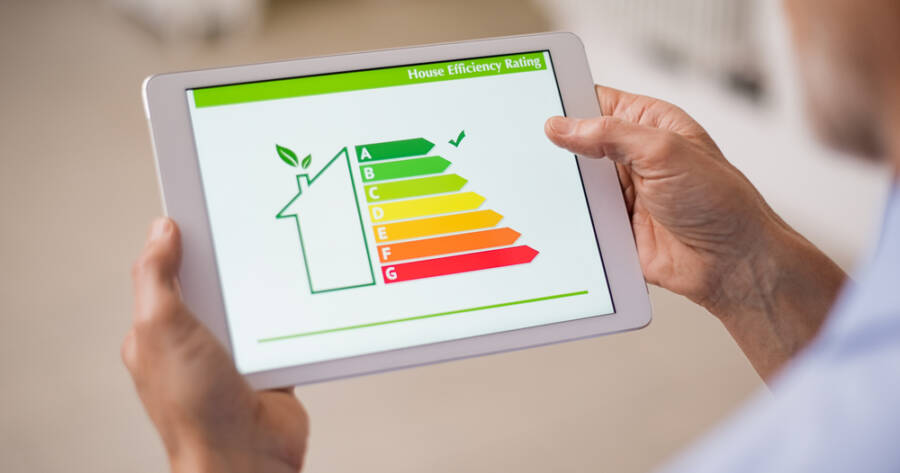Energy-efficient home improvements can help homeowners save money on their energy bills and reduce their carbon footprint. These improvements can include installing energy-efficient appliances, improving insulation, and using renewable energy sources. Upgrading windows to double or triple glazing and sealing air leaks can further enhance a home’s energy efficiency. Finally, investing in smart home tech can optimize energy use and cut costs too.
What Are Energy Efficient Home Improvements?
Energy-efficient home improvements encompass a range of modifications and upgrades that aim to reduce energy consumption, enhance overall energy efficiency, and save money long term. The most common upgrades involve things like insulation, heating and cooling systems, lighting, appliances, and renewable energy sources. By implementing energy-efficient measures, homeowners can significantly lower their energy bills, increase comfort levels, and contribute to environmental sustainability.
By making energy-efficient improvements, homeowners may also play a crucial role in reducing energy waste and conserving natural resources. Finally, many energy-efficient upgrades can increase the value of a home, making them a worthwhile investment for homeowners.1
Some common examples of energy-efficient home improvements include:
- Installing energy-efficient windows and doors to reduce heat loss and gain.
- Upgrading insulation in walls, attics, and basements to improve temperature control.
- Replacing old, inefficient appliances with Energy Star certified models.
- Installing a programmable thermostat to optimize heating and cooling schedules.
- Utilizing renewable energy sources such as solar panels or wind turbines to generate electricity.
How Energy Efficient Home Improvements Save You Money
Energy-efficient home improvements can lead to substantial cost savings for homeowners over time. By reducing energy consumption, homeowners can lower their monthly utility bills and free up more disposable income. Additionally, many energy-efficient upgrades can increase the value of a home, providing a return on investment when the property is sold.
According to a study conducted by the National Renewable Energy Laboratory (NREL), installing energy-efficient improvements in a typical single-family home can save homeowners up to 30% on their annual energy bills. The study found that the average homeowner can save approximately $500 per year by making these upgrades.2
Some of the most cost-effective energy-efficient home improvements include:
- Sealing air leaks around windows and doors.
- Installing a programmable thermostat.
- Upgrading to energy-efficient light bulbs.
- Replacing old appliances with Energy Star certified models.
- Adding insulation to the attic.
Financing Energy-Efficient Home Improvements
While energy-efficient home improvements can offer substantial long-term savings, the initial investment can sometimes be a barrier for homeowners. Fortunately, there are various financing options available to help offset the upfront costs. Many local and federal programs offer rebates, tax credits, and low-interest loans to encourage homeowners to make energy-efficient upgrades. Additionally, some utility companies provide incentives for specific improvements, such as installing insulation or upgrading to energy-efficient appliances.
Homeowners can also explore options like energy-efficient mortgages, which allow them to finance energy-efficient improvements as part of their home loan. By taking advantage of these financing opportunities, homeowners can make the necessary upgrades without the burden of high upfront costs, allowing them to start saving on energy bills sooner.
Learn More About Energy Efficient Home Improvements
Energy-efficient home improvements offer a multitude of benefits, from lowering energy bills and increasing comfort to reducing environmental impact and enhancing the value of a home.
Whether through small upgrades like sealing air leaks and replacing light bulbs or larger investments such as installing solar panels and upgrading insulation, homeowners can make a significant difference in both their finances and the environment. With the added support of various financing options and resources, investing in energy-efficient upgrades is a practical and rewarding step toward a more sustainable and comfortable home.
